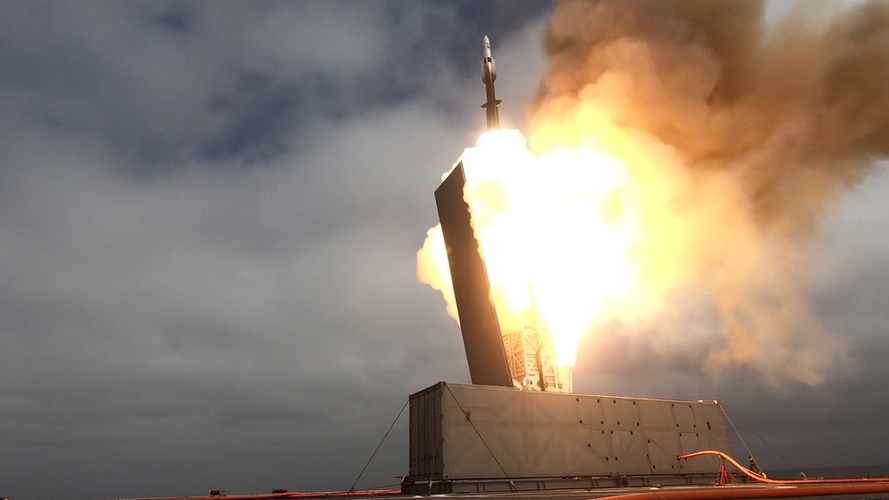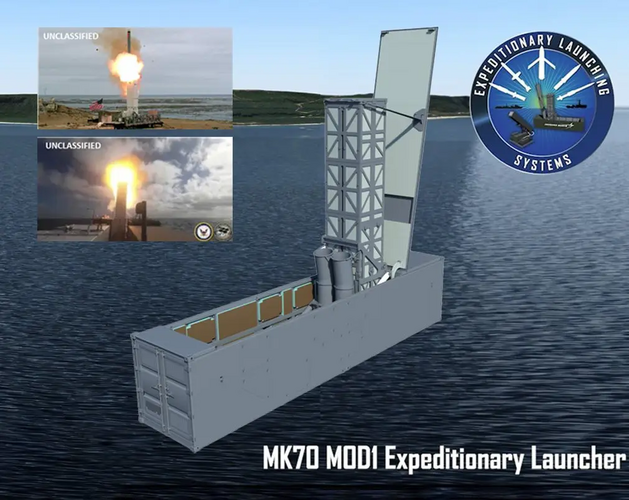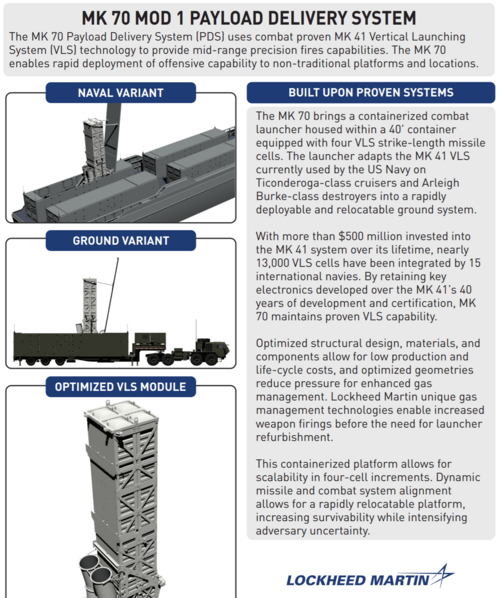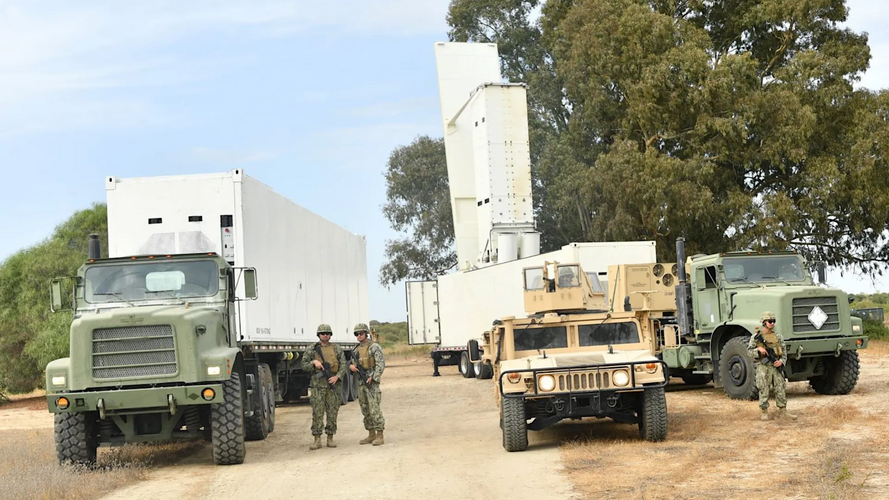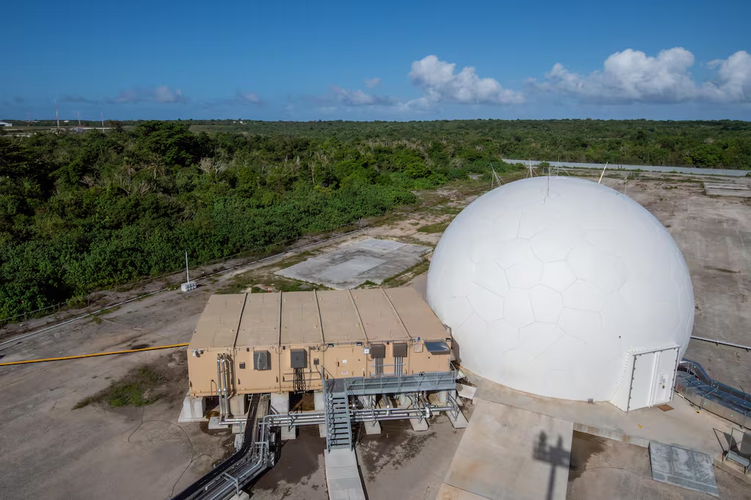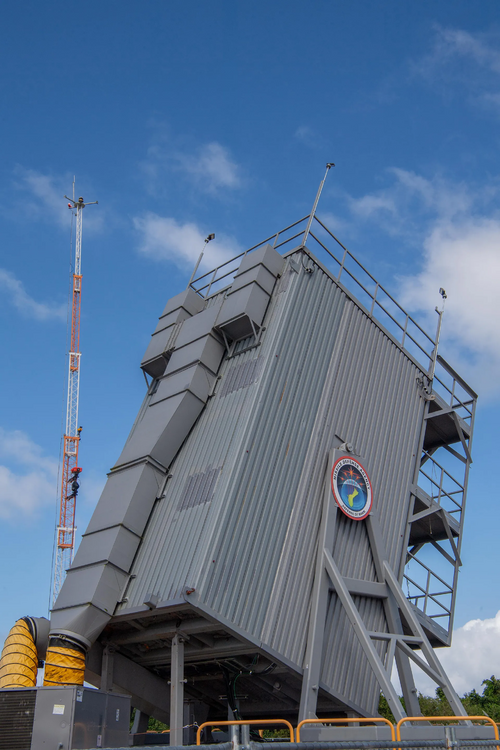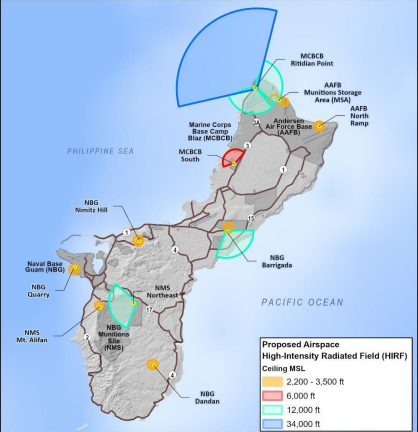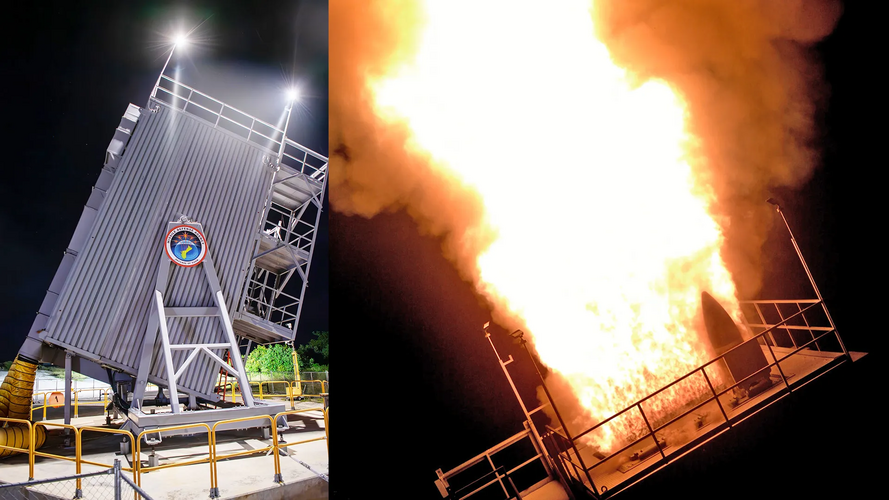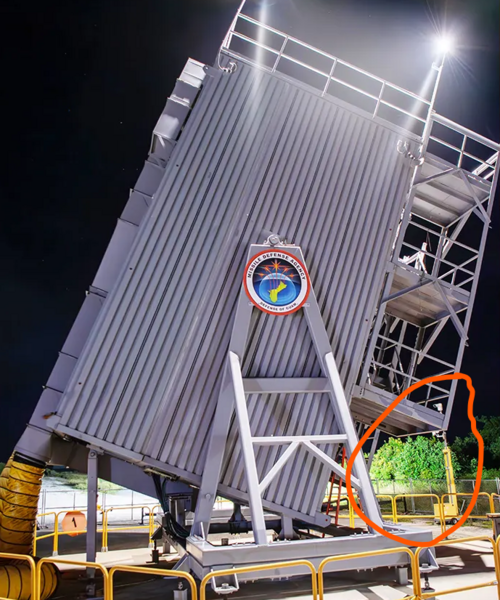My image for the "new orbital ASAT" is a pop-down attack pattern. ASAT gets placed in a slightly higher orbit so that the collision energy is all aimed towards earth.
If your opponent has hundreds of satellites, which is exactly what the U.S. is doing in the next several years, you can not just kill satellites: you have to destroy entire orbital planes. And you have to accept what the other side does to you.










